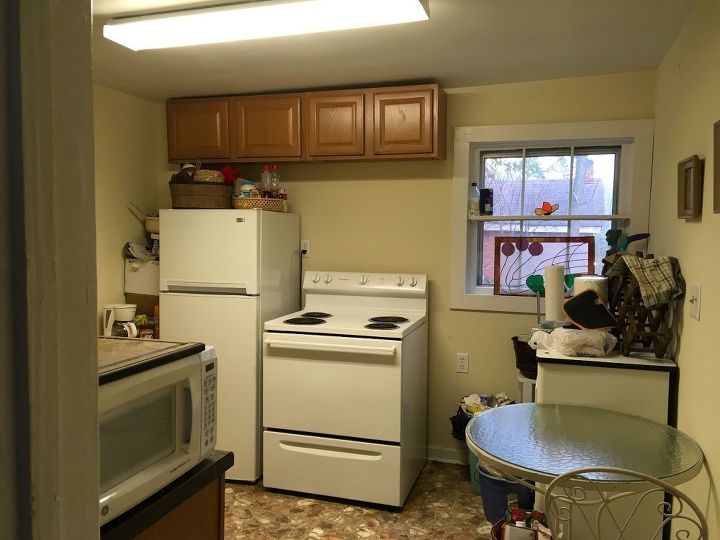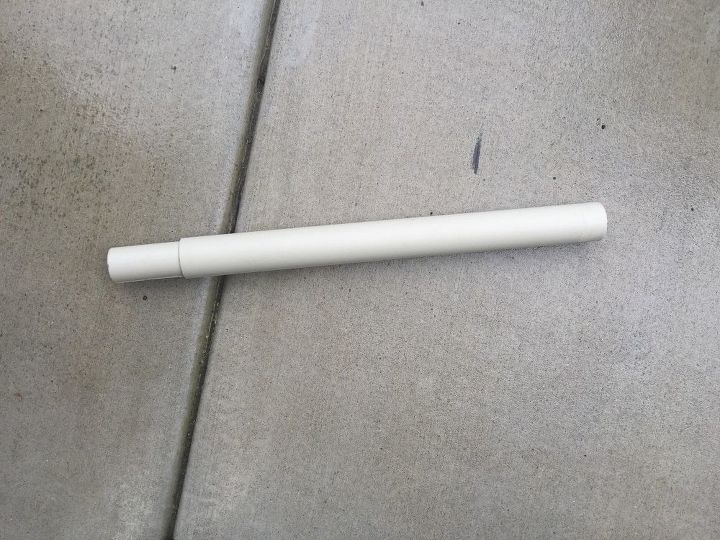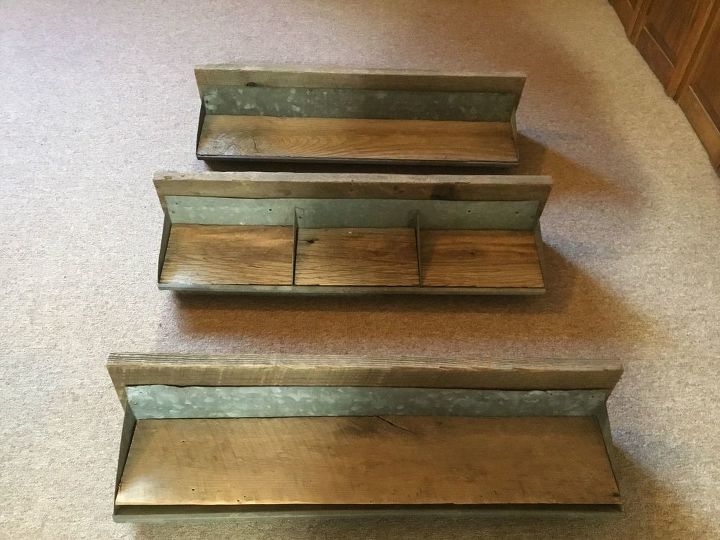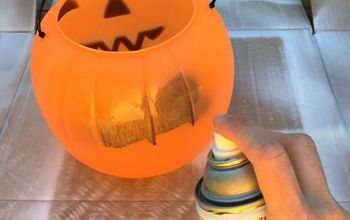How can I find studs behind my 94-year-old plaster walls??
Three different handymen have told me that their studfinders don't work on my walls. How else can I make sure I'm hanging shelves securely?
Related Discussions
Any ideas on how I could use leftover lattice? Inside decorating?
I have leftover lattice and would like to use it for some sort of indoor decorating project. Any ideas on a good use for it? It looks like this, just plain unfinished... See more
Planting under shady tree with roots
I have a jacaranda tree in my front yard with roots growing above ground. The tree has fern-like leaves that have prevented little growth of grass underneath. What ca... See more
Alternate way to install kitchen shelves that doesn't include drilling
I want to display my bowls, and other colorful accessories in my tiny tiny kitchen. There are no cabinets! Except those very high ones that i can’t reach! So all I ... See more
How do I remove a floating shelf?
Hello! We moved in to a new house and the previous owners had installed some floating shelves. How we we can’t work out how to take them off. We’ve tried pulling ... See more
Where to purchase insert tubes that go between plastic shelves?
Does anyone know where I can purchase these tubes? The manufacturer does not sell them separate from the shelves. I also cannot find PVC pipe at 1 1/8" to cut to fi... See more
What should the height/spacing be between 3 shelves in a living room?
Want to hang 3 shelves roughly 29 inches long/ 6 inches high. I’ve got 8 foot walls, cathedral ceiling. We up cycled some old barn wood and some metal troughs. Used... See more








Prior to the 1950s, most walls were built using a combination of vertical studs, horizontal wooden beams called laths and plaster seams. Because standard stud finders detect a change in density inside the wall, they don't work on lath and plaster – the density inside these walls is not constant enough. If you have just moved into an older home and your stud finder isn't doing its job, invest in a metal scanner instead. Rather than sensing solidity, it locates the nails that fasten the laths to the studs.
A strong magnet will work. Find an outlet and remove the cover. Don't touch anything inside. Use a flashlight and see how it's attached. Usually they are screwed or nailed on the side to a stud. Then you can measure 16" from where it's attached to the next stud in the wall.
https://thecraftsmanblog.com/how-to-find-studs-in-a-plaster-wall/
https://www.youtube.com/watch?v=cYJ645mHXKs
https://www.instructables.com/4-Tricks-to-Find-Studs-in-a-Plaster-Wall/
You could switch methods and use command hooks or toggle bolts that don’t require studs. You probably have lathe behind it which is mostly wood but not very sturdy in many cases.
Use plaster anchors made of metal like a molly bolt or a toggle bolt. Be sure to use one that’s long enough to get behind the plaster and lath. When drilling into plaster, you’ll need to use a masonry bit.
Hello. Here’s a link they could offer some insight I hope this helps.
https://www.instructables.com/4-Tricks-to-Find-Studs-in-a-Plaster-Wall/
Hi Teri
Here is more info for you
https://www.youtube.com/watch?v=JOLRl8aqWFw
https://www.youtube.com/watch?v=cYJ645mHXKs
https://www.youtube.com/watch?v=rtEaQ_OcmRI
Stud finder
That's tricky and frustrating for sure. The above folks have good tips. Do note that studs are usually 16" on center, meaning from the center of one stud to the next, so if you find one edge, measure 1 1/2" and mark that spot for your stud thickness.